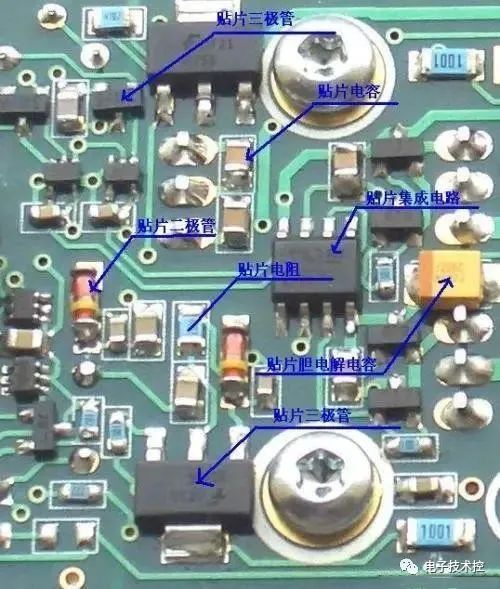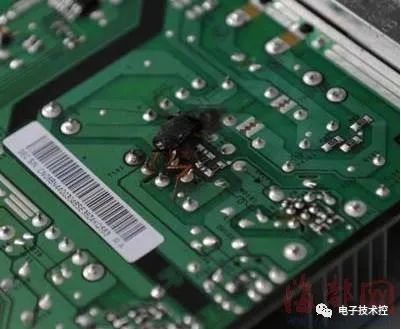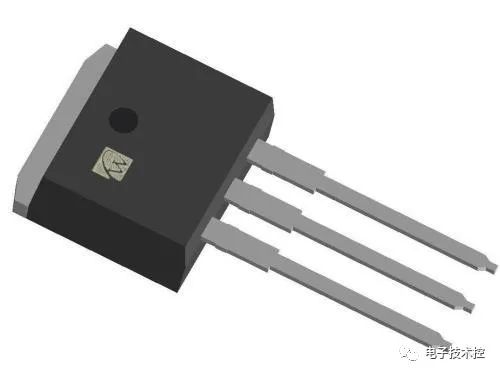If you don’t want to miss my updates, remember to check the public account in the upper right corner and set it as a star, take down the stars and give them to me.






Project Sharing | Electronics Competition Series | Artificial Intelligence | Postgraduate Entrance Examination
Essential Knowledge Points | Graduation Project | Switch Power Supply | Job Hunting
We are Nimo, the founder of Darwin, and we only talk about technology without flirting. DarwinDarwin Online Education Platform aims to serve professionals in the electronics industry, providing skill training videos that cover popular topics in various subfields such as embedded systems, FPGA, artificial intelligence, etc. It customizes tiered learning content for different audiences, such as common knowledge points, disassembly assessments, electronics competitions/intelligent vehicles/postgraduate entrance examinations, etc. Welcome to follow us.
